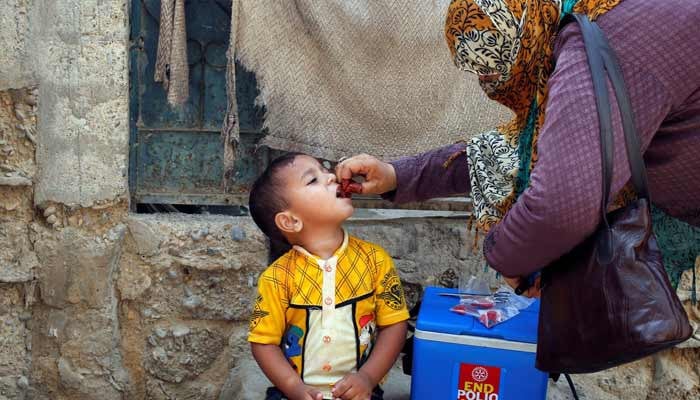London: The World Health Organization (WHO) has said that obesity should be treated with a mix of medicines and counseling, and emphasizes that it is not just a matter of lifestyle choices.
In its design guidance, the agency called for a new approach, where obesity was recognized as a chronic disease that needs the right medical attention.
The WHO expert committee concluded that the popular GLP-1 drugs, for the first time developed by Novo Nordisk and Eli Lilly, are part of the solution for the long-term treatment of obesity for patients with a body mass index (BMI) of 30 or higher, in addition to counseling about lifestyle and behavioral changes.
Reuters First reported that the WHO would probably take this step in May of this year.
In the draft guidelines, which are published online and are open to consultation until 27 September, the WHO said that the reaction to obesity was often formed by outdated views that in the as a lifestyle problem framed. Instead, it said that it was a “chronic, progressive and recurrent disease” that affects more than 1 billion people worldwide in both countries with high and low incomes, which contributes to preventing millions of deaths.
It advised to use the medicines to treat obesity for the first time, and called it a crucial step in the direction of developing a global care standard. It develops individual guidelines for the treatment of children and adolescents.
Although the WHOs concept guidelines only apply to people with a BMI over 30, in some countries with a high income such as the United States, the medicines are also recommended for people with a BMI of 27 to 30 and at least one weight -related medical condition.
Earlier this month, the WHO stopped adding the medicines as obesity treatments to its essential drug list, a separate catalog of the medicines that should be available in all functioning health systems.
It added them for patients with type 2 diabetes – the disease they were originally developed to treat – combined with a different health status. The agency said this indicated which patients would benefit most from the precious therapies, and added that the high prices limit access to the medicines in low and middle income countries.






